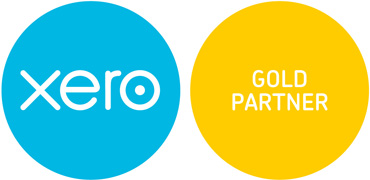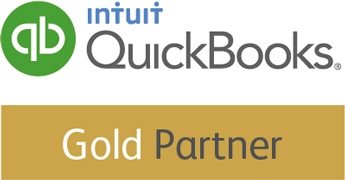We had a meeting with a new client last week, a small consulting firm, and one of the first questions they asked us was "What's the difference between a Balance Sheet and the Profit and Loss?".
It's easy as accountants to get lost in technical jargon, so we're making it our mission to simplify the language we use from the start: there's no point having access to all these financial reports if they're not helping you to make the best decisions.
First things first, when you open up your Xero or QuickBooks Online you'll see that there are a number of financial reports you can view. The Balance Sheet is the daddy of all these, and here's why.

Your Balance Sheet - what is it?
The Balance Sheet is a financial report which gives a snapshot of the health of your business at a specific point in time, and shows:
- what assets you own and are owed
- what money you owe other people
- shareholder's equity
You can run a Balance Sheet for any date - eg today, or the end of last accounting year, and it will show you how you were performing on that date. (Sorry to keep banging on about specific dates, but this is the important bit about a Balance Sheet - it's a bit like an MOT test, it's a snapshot of performance on that day only.)
What's an asset?
A business asset is anything your business owns or controls -which can be as tangible as the computer you're sat in front of, or more abstract, like a invoice that you've raised that hasn't been paid yet. In accounting terms, assets can be divided into "fixed assets" and "current assets".
What's a fixed asset?
A fixed asset is something that's not very easy to turn into cash quickly. It helps to think of them as long-term physical assets that you can look at or touch, examples would be buildings, furniture, machinery or vehicles. You'd expect to use a fixed asset for at least one year or accounting period. Fixed assets can also include "intangible assets" which are tricky to put a figure on, and include things like patents, trademarks, and purchased goodwill (when a business is bought for example).
What's a current asset?
A current asset is something that can be turned into cash quickly (i.e are more "liquid" than Fixed Assets) - examples would be the cash in your business bank accounts, invoices you've raised that are due but not paid yet (accounts receivable) and any inventory (stock) you hold. Basically, anything in the business that could be turned to cash in the 'short term' (with a month or two).
Your fixed and current assets are laid out in the top half of your Balance Sheet.
Liabilities
These are what your business owes. Again, these can be divided into two kinds:
What's a current liability?
A current liability is money that is due within a year, examples would be anything you've bought that you haven't paid for yet (accounts payable), money you owe your staff or short term loans. These tend to be paid out of your bank account.
What's a Long Term Liability?
A long term liability is money that is due in more than a years time, for example a mortage or long term bank loan.
Your current and long term liabilties are laid out in the bottom half of your Balance Sheet.
Shareholder's Equity
This is the final part of the Balance Sheet and shows who has shares (equity) in your business and any retained earnings (the balance of Profit or Loss from previous years to the balance sheet date).
There are different ways to calculate Shareholder's Equity but the most common is to subtract your company's total liabilities from its total assets.
Shareholder equity is not to be confused with business value. The shareholders equity shows how much is left if all the assets were sold and all the liabilities paid off.
So, that's the Balance Sheet: what it is, what it does and what it shows you. Here's an artsy photo of one we made earlier:

Ok, but why does it matter?
It matters a lot! First of all, we're assuming that you want to know how your business is performing or you have investors who do. We will look at the Profit and Loss account seperately, however the Balance sheet gives you an indication of the amount of cash that is in the business, how much is owed to you and how much is owed by you. A real overview of the business.
There are built in ratios that look at these areas for you when using Xero, found in the "Financial" section of reports and called "Business Performance":
In Xero, by using the star, you can add them to your dashboard as the "Business Performance" dashboard to keep an eye on them each time you log into Xero:
If you need some help in setting up your Balance Sheet, or would like some more help interpreting what you see then you know you can get in touch with us because, honestly, we love doing this kind of thing but, more importantly, we want you to understand the tools you're using and the data that's being produced. We don't need to be doing your accounts for you to book a Reports Review Workshop with us - it's a couple of hours where we go through your accounting software with you (Xero or QuickBooks Online) and help you to set up your Dashboard and the reports you use most often to show what you need to see. If this sounds like it would be a useful exercise for you then contact us and get booked in, it could change the way you look at your business data forever.


